Adams Crabapple As A Pollinizer: Tips For Growing An Adams Crabapple Tree
If you’re looking for a smaller, under 25 feet (8 m.), tree that is an interesting garden specimen through each season, look no further than an ‘Adams’ crabapple. Beautiful the tree may be, but there is another important reason for growing an Adams crabapple; it is a great choice for pollinating other varieties of apple. Interested in using Adams crabapple as a pollinizer? Read on to find out how to grow an Adams crabapple and information about Adams crabapple care.
Adams Crabapple as a Pollinizer
What makes Adams crabapples ideal for pollinating other types of apples? Crabapple trees belong to the Rose family, but they share the same genus, Malus, as apples. While there is some minor dissention on the point, the difference is arbitrary. In the case of apples vs. crabapples, fruit size is really the only thing that separates them. So, in other words, a Malus tree with fruit that is 2 inches (5 cm.) or greater across is considered to be an apple and a Malus tree with fruit that is less than 2 inches (5 cm.) across is termed a crabapple. Due to their close relation, crabapple trees make excellent choices for cross pollinating apples. This crabapple is a mid to late season bloomer and can be used pollinate the following apples:
- Braeburn
- Crispin
- Enterprise
- Fuji
- Granny Smith
- Pristine
- York
Trees should be planted within 50 feet (15 m.) of each other.
How to Grow an Adams Crabapple
Adams crabapples have a smaller, dense rounded habit that blooms with masses of burgundy blossoms in the early to midspring prior to leafing out. The blossoms give way to small, brilliantly red fruit that remains on the tree throughout the winter. In the fall, the foliage turns a golden yellow. Growing an Adams crabapple is low maintenance, as the tree is cold hardy and disease resistant. Adams crabapples can be grown in USDA zones 4 through 8. Trees should be grown in full sun and moist, well-draining, mildly acidic soil. Adams crabapples are low maintenance, easy-to-care for trees. Other types of crabapples tend to drop their fruit in the fall which then has to be raked up, but these crabapples stay on the tree throughout the winter, attracting birds and small mammals, minimizing your Adams crabapple care.
Gardening tips, videos, info and more delivered right to your inbox!
Sign up for the Gardening Know How newsletter today and receive a free copy of our e-book "How to Grow Delicious Tomatoes".

Amy Grant has been gardening for 30 years and writing for 15. A professional chef and caterer, Amy's area of expertise is culinary gardening.
-
 Looking For Plants To Give You The Soft And Fuzzies? Try These 5 Fuzzy Leaf Plant Options
Looking For Plants To Give You The Soft And Fuzzies? Try These 5 Fuzzy Leaf Plant OptionsLovers of texture, drama, silver foliage and tactile plants will adore these special sensory garden additions. These fuzzy leaf plant options will leave you all aglow
By Susan Albert
-
 Get Ready For A Summer Of Hummers! Grow These Full Sun Hummingbird Plants and Flowers
Get Ready For A Summer Of Hummers! Grow These Full Sun Hummingbird Plants and FlowersIf you’re lucky enough to enjoy a sunny backyard, make sure you are maxing out on your pollinator opportunities and grow these full sun hummingbird plants and flowers
By Tonya Barnett
-
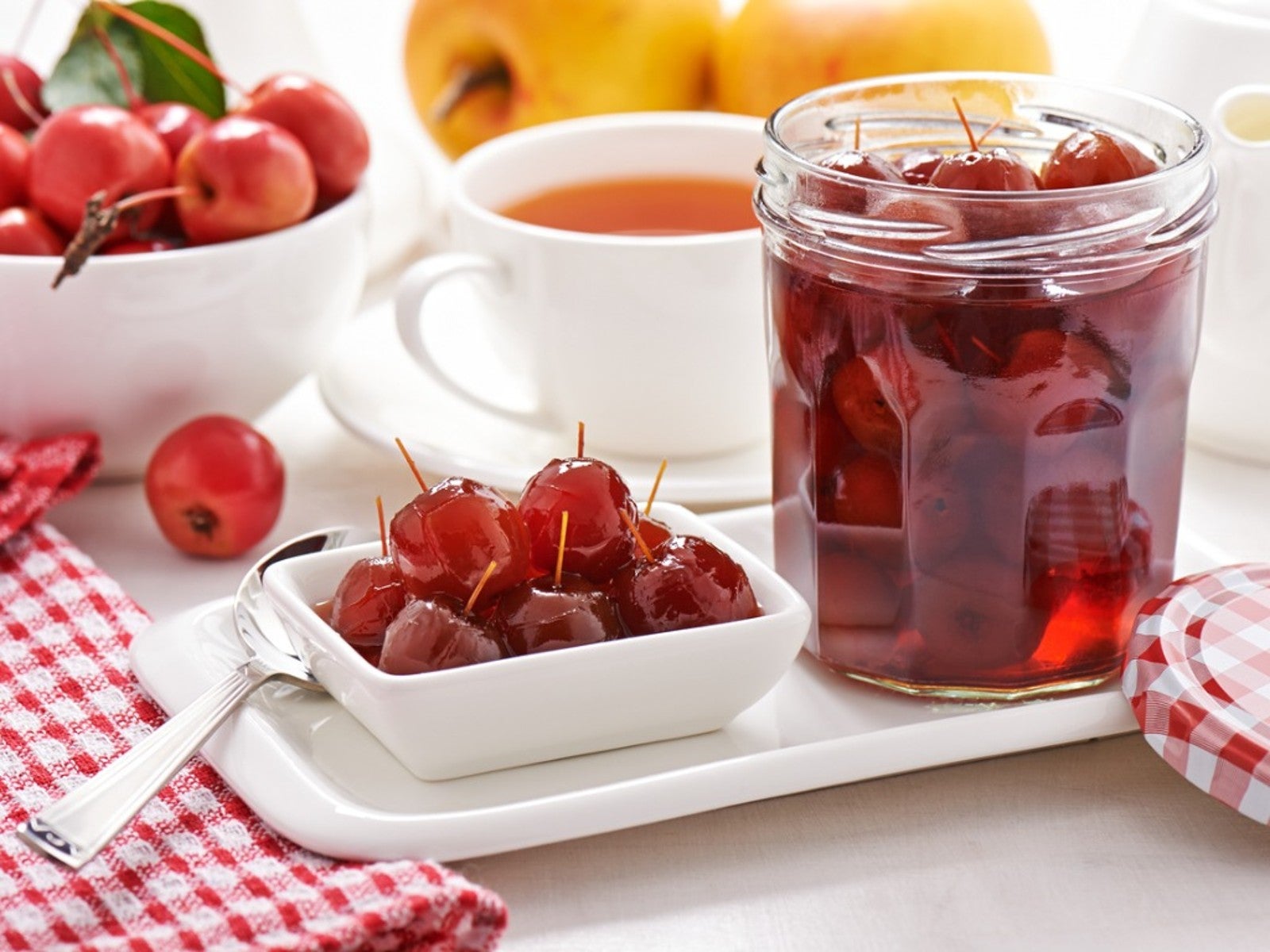 Crabapples Recipe Ideas To Add To Your Thanksgiving Menu
Crabapples Recipe Ideas To Add To Your Thanksgiving MenuCrabapple preserves make a delightfully tart treat. Learn here how to make a simple crabapple jelly.
By Bonnie L. Grant
-
 Weeping Crabapple Pruning – Tips For Trimming A Weeping Crabapple
Weeping Crabapple Pruning – Tips For Trimming A Weeping CrabappleTrimming a weeping crabapple is essential to keeping it healthy and blooming. If you are wondering how to prune a weeping crabapple, read on for info and tips.
By Teo Spengler
-
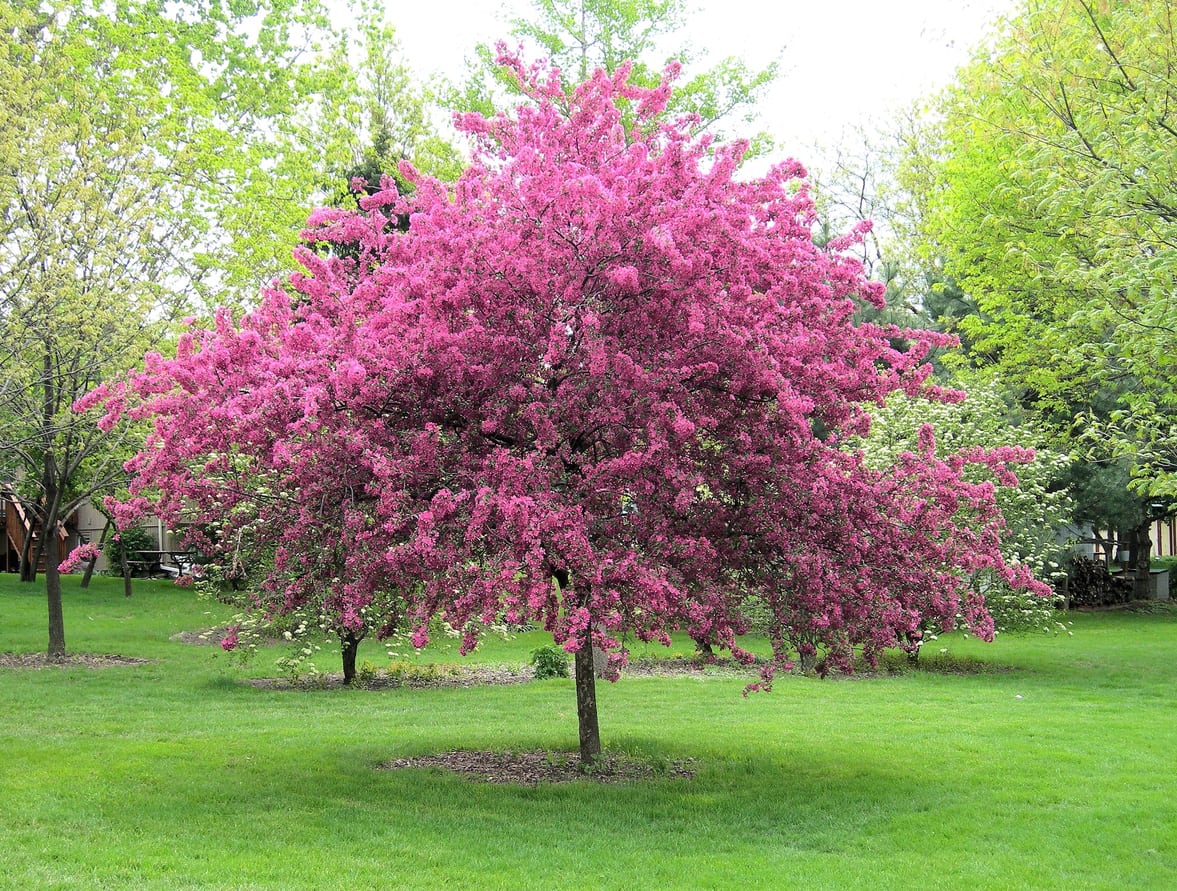 Crabapple Feeding Requirements: Learn How To Fertilize A Crabapple Tree
Crabapple Feeding Requirements: Learn How To Fertilize A Crabapple TreeFlowering crabapple is a popular ornamental tree that many people choose for landscaping for the attractive shape, spring flowers, and low-maintenance needs. Despite its hands-off nature, feeding a crabapple may be necessary to promote growth and health. Learn more here.
By Mary Ellen Ellis
-
Ralph Shay Crabapple Care: Growing A Ralph Shay Crabapple Tree
Ralph Shay crabapple trees are mid-sized trees with dark green leaves and an attractive rounded shape. These crabapples are on the large side and are suitable for growing in USDA plant hardiness zones 4 through 8. Click this article to learn more about them.
By Mary H. Dyer
-
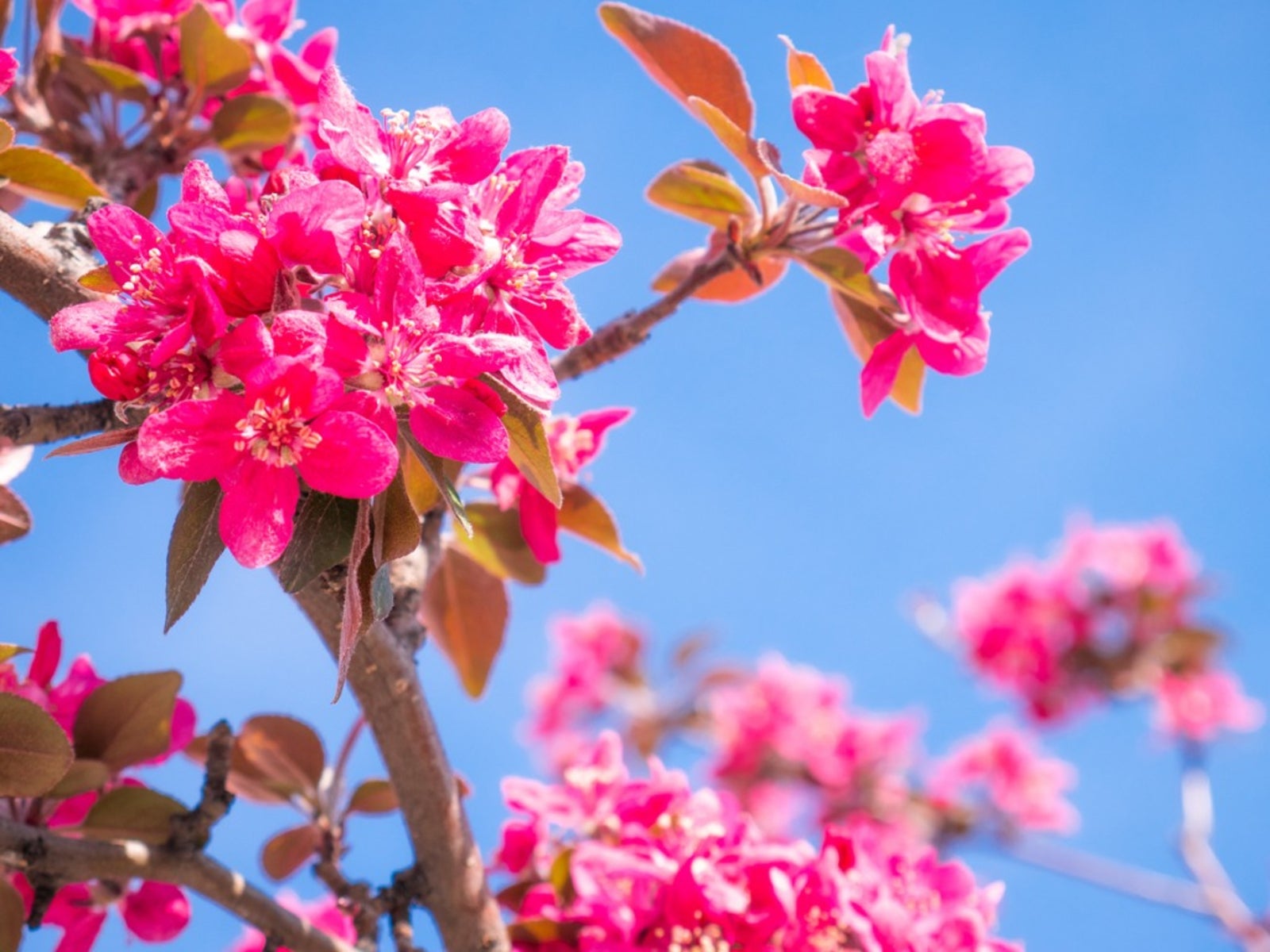 Royal Raindrops Crabapples – Learn About Growing A Royal Raindrops Tree
Royal Raindrops Crabapples – Learn About Growing A Royal Raindrops TreeRoyal Raindrops flowering crabapple is a newer crabapple variety with bold pinkish-red flowers in spring and dark green leaves that turn a bright coppery red in autumn. Interested in growing a royal raindrops tree in your garden? Click here for more information.
By Mary H. Dyer
-
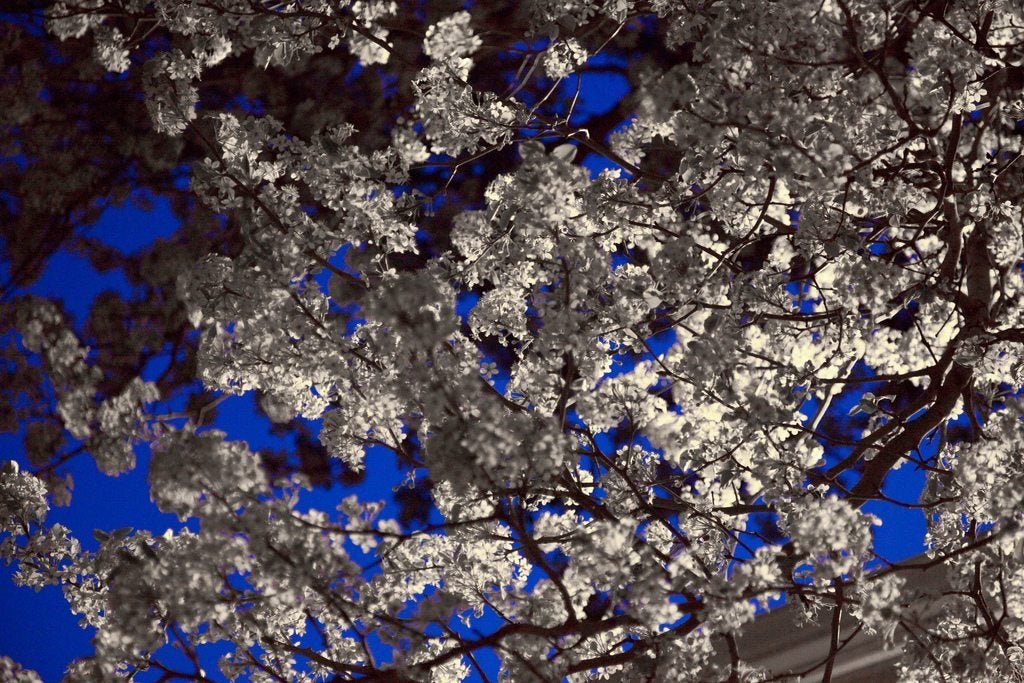 Spring Snow Crabapple Care: How To Grow A Spring Snow Crabapple Tree
Spring Snow Crabapple Care: How To Grow A Spring Snow Crabapple TreeIf you are looking for a fruitless crabapple tree, you might want to think about growing "Spring Snow" crabapples. Click on the article that follows for tips on how to grow a "Spring Snow" crabapple and other information.
By Teo Spengler
-
Camzam Apple Info: Learn About Camelot Crabapple Trees
Even if you lack a large garden space, you can still grow one of the many dwarf fruit trees such as the Camelot crabapple tree. Find out how to grow a Camelot crabapple and other Camzam apple info related to Camelot crabapple care in this article.
By Amy Grant
-
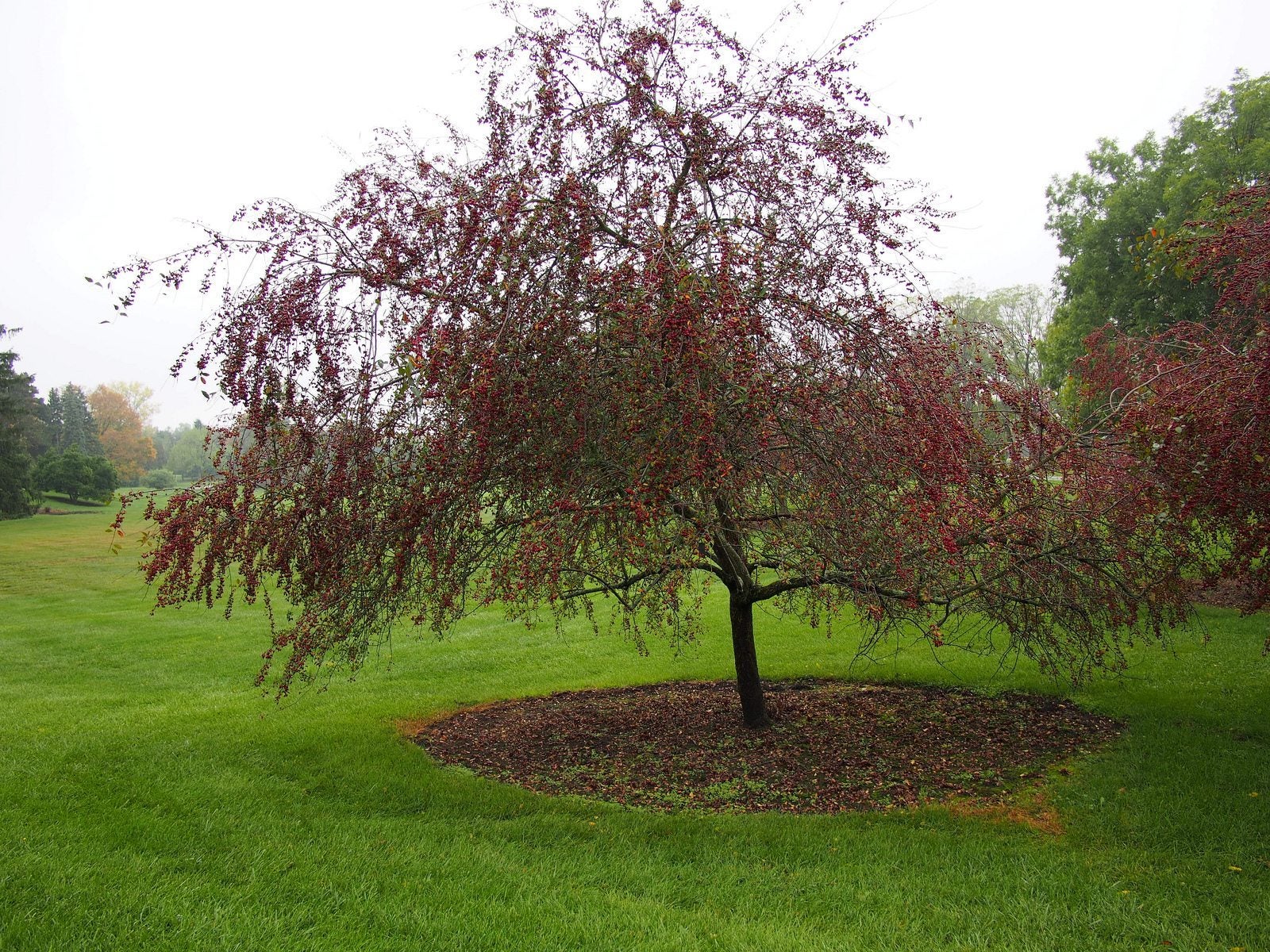 Prairifire Crabapple Information : Learn About Growing Prairifire Trees
Prairifire Crabapple Information : Learn About Growing Prairifire TreesPrairifire is a flowering crabapple with high disease resistance, ease of care and several seasons of beauty. The tree is outstanding as an ornamental specimen in the landscape and the fruits of the tree are important food for wild animals and birds. Learn more here.
By Bonnie L. Grant